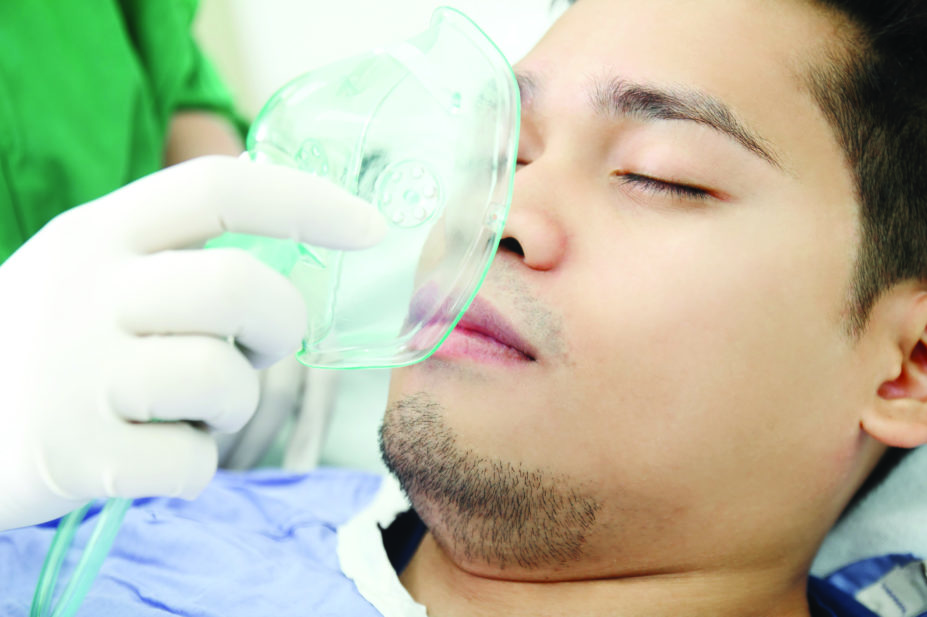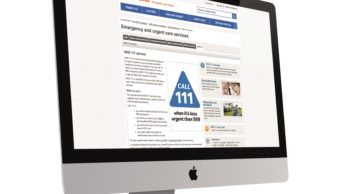
shutterstock.com
Emergency departments are failing to meet a wide range of standards on monitoring and treatment of patients with asthma, a report by the Royal College of Emergency Medicine warns.
An audit of 14,043 children and adults across 201 emergency departments found many patients are not being treated quickly enough or receiving gold standard care set out in national guidelines. In fact, standards have fallen across the board compared with smaller audits done in 2013–2014 and 2009–2010.
The College benchmarked a range of standards set out by themselves and the British Thoracic Society, including that all patients presenting with asthma exacerbation should receive oxygen on arrival to maintain oxygen saturation (sats) of 94–98%. But the figures for 2016–2017 show this only happened in a median of 19% of cases.
Likewise, only a median of a quarter of patients received a high-dose nebulised β2-agonist bronchodilator within 10 minutes of arriving at A&E.
Very few patients receive written discharge instructions, are given a GP or follow-up appointment or have an assessment of inhaler technique and type, the College says.
The report concludes the results are concerning, showed a decline in standards and marked variation between departments.
Some of the failure to meet standards is likely to be down to a shortage of medical and nursing staff in emergency departments which are coping with high levels of demand.
Taj Hassan, president of the College, says there are about 5.4 million people in the UK who suffer from asthma, with one in five households being affected.
“Of greater concern is that every 10 seconds someone is having a potentially life-threatening asthma attack and despite remarkable efforts by NHS staff, 3 people will die of acute asthma every day in the UK.”
He adds that resources are stretched.
“Time to first assessment and treatment can be delayed and therefore re-assessment in a timely fashion is more difficult to achieve.”
Identifying a disturbance in vital signs and peak-flow early is a very important part of good asthma care as it guides treatment and therefore leads to a reduction in morbidity and mortality, he says.
Hassan is also calling for robust protocols to be put in place and for staff to receive education.
“There is much that can be learned from departments who do manage to adhere well to these standards and they should be congratulated,” he says.
Kay Boycott, chief executive at Asthma UK, says: “From admission to discharge, there is a clear need to improve the care people with asthma receive in emergency departments if we want to reduce potentially fatal asthma attacks and hospital readmissions.”
She adds: “Asthma UK and the British Thoracic Society developed the emergency care bundle, which is the best tool currently available to support healthcare professionals with best practice discharge.
“We are concerned that lessons have not been learnt. The National Review of Asthma Deaths published in 2014 showed that 21% of deaths were in people who had attended hospital in the previous year. Healthcare professionals need to have a more joined-up approach to ensure that proper follow-up care is arranged.”


